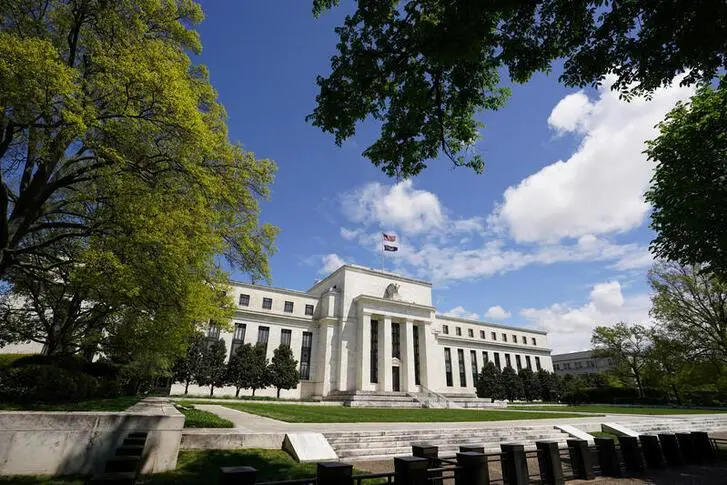PHOTO
(The author is a Reuters Breakingviews columnist. The opinions expressed are her own.)
WASHINGTON - Jerome Powell’s humane economic instincts are in conflict with cold reality. With inflation at a 31-year high, the Federal Reserve boss won’t be able to afford to wait for a labor market recovery to filter through to women and minorities before he starts raising interest rates in the coming year.
There’s tension between the U.S. central bank’s dual mandate of price stability and maximum employment as Powell defines the latter. For him, the second goal means boosting the employment rates for disadvantaged groups. That’s an admirable aim, not least because these were groups that were hardest hit during the pandemic. The unemployment rate for white men aged 20 and above was 3.6% in October but 8.3% for their Black counterparts.
Powell’s dilemma is twofold. First, the overall labor market has recovered quickly. It took eight years after the 2008 financial crisis for the unemployment rate to fall to 4.6% from its peak. This time it took less than two years. Moreover, there were 0.7 unemployed persons for every job opening in September, according to the Labor Department.
Second, inflation has had more staying power than the central bank expected. Powell, who was nominated to a second term in late November, has repeatedly said big price increases are transitory because they were largely linked to Covid-19. But since May, the year-over-year growth in the consumer price index has been at least 5% each month and hit 6.2% in October.
This combination puts pressure on the Fed to raise interest rates to contain inflation. It’s the central bank’s most effective tool, as shown by former Fed Chair Paul Volcker during the 1980s. True, supply-chain bottlenecks related to the pandemic have contributed to the price spikes that Powell faces. Raising policy rates is not the ideal response to these disruptions. But such hikes would tamp down inflation by putting the brakes on demand. There are trade-offs, including a possible slowdown in hiring. That would make Powell’s inclusive employment goal more elusive.
Putting this ambition on the back burner would mean going back on past pledges. But maintaining it in the face of mounting inflation would be more damaging to the Fed’s credibility. Powell may have to choose his head over his heart.
CONTEXT NEWS
- U.S. President Joe Biden on Nov. 22 nominated Jerome Powell for a second term as chair of the Federal Reserve. His first term expires in February 2022. His renomination will need Senate confirmation.
(The author is a Reuters Breakingviews columnist. The opinions expressed are her own.)
(Editing by Swaha Pattanaik and Amanda Gomez) ((For previous columns by the author, Reuters customers can click on CHON/ SIGN UP FOR BREAKINGVIEWS EMAIL ALERTS https://bit.ly/BVsubscribe | gina.chon@thomsonreuters.com; Reuters Messaging: gina.chon.thomsonreuters.com@reuters.net))












